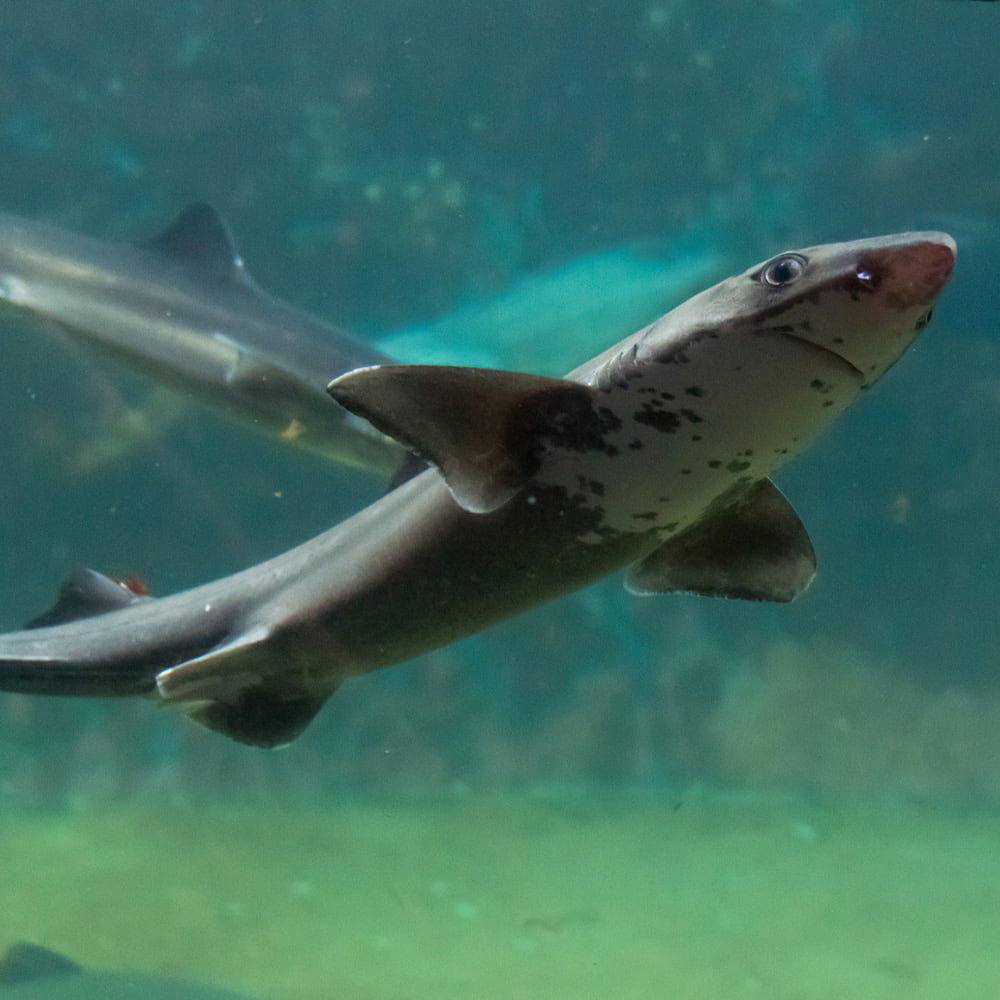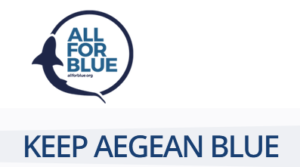
THE VOLOS AQUARIUM – CAN IT HELP SAVE BIODIVERSITY IN THE GULF
https://www.montereybayaquarium.org/for-educators/learning-at-home/online-courses?filterBy=

Revitalizing Volos: Transforming the Aquarium into a Hub for Marine Biology Research and Conservation in the Pagasetic Gulf
Volos, a picturesque coastal city in Greece, is poised for a transformative initiative – the revitalization and rebuilding of its aquarium to emerge as a center for research and conservation of marine biology, particularly focused on the Pagasetic Gulf. Drawing inspiration from successful models like the Monterey Bay Aquarium, this endeavor aims not only to showcase marine biodiversity but also to become a beacon of research and education, fostering a profound impact on the natural environment.
The Monterey Bay Aquarium Model:
The Monterey Bay Aquarium, located in California, stands as a testament to the potential impact of an aquarium committed to research and conservation. Since its inception, the aquarium has played a crucial role in the preservation of marine life in the Pacific. It has established successful breeding programs for endangered species, such as the sea otter and white shark, contributing significantly to their populations’ recovery.
Research Initiatives:
Volos can replicate this success by establishing robust research initiatives within its revitalized aquarium. Collaborations with local universities, marine biologists, and environmental organizations will enable the development of comprehensive research programs. These efforts should focus on understanding and preserving the unique marine ecosystems of the Pagasetic Gulf, contributing valuable data to global marine conservation efforts.
Conservation Programs:
Conservation efforts must extend beyond research and into practical conservation programs. The aquarium can actively engage in habitat restoration projects, coral reef conservation, and the rehabilitation of injured or endangered marine species. By adopting successful models from other aquariums, Volos can contribute to the preservation of the Pagasetic Gulf’s diverse marine life.
Educational Outreach:
Education is a cornerstone of marine conservation, and the revitalized aquarium should prioritize educational outreach programs. By collaborating with local schools and communities, the aquarium can raise awareness about marine biodiversity, conservation challenges, and the role each individual plays in preserving the environment. Interactive exhibits, workshops, and educational events can inspire a new generation of marine conservationists.
Economic and Environmental Impact:
The success of the Monterey Bay Aquarium and other conservation-focused institutions highlights not only the ecological impact but also the economic benefits of such initiatives. The revitalized aquarium in Volos can become a tourist attraction, drawing visitors who are interested in marine biology and conservation. This influx of tourism can stimulate the local economy while fostering a sense of environmental responsibility among visitors.
Conclusion:
The transformation of Volos’ aquarium into a center for marine biology research and conservation presents an exciting opportunity for the city and the Pagasetic Gulf. By emulating successful models like the Monterey Bay Aquarium, Volos can contribute significantly to global marine conservation efforts. Through research, conservation programs, educational outreach, and sustainable tourism, the revitalized aquarium can be a catalyst for positive change, ensuring the preservation of the Pagasetic Gulf’s rich marine biodiversity for generations to come.



